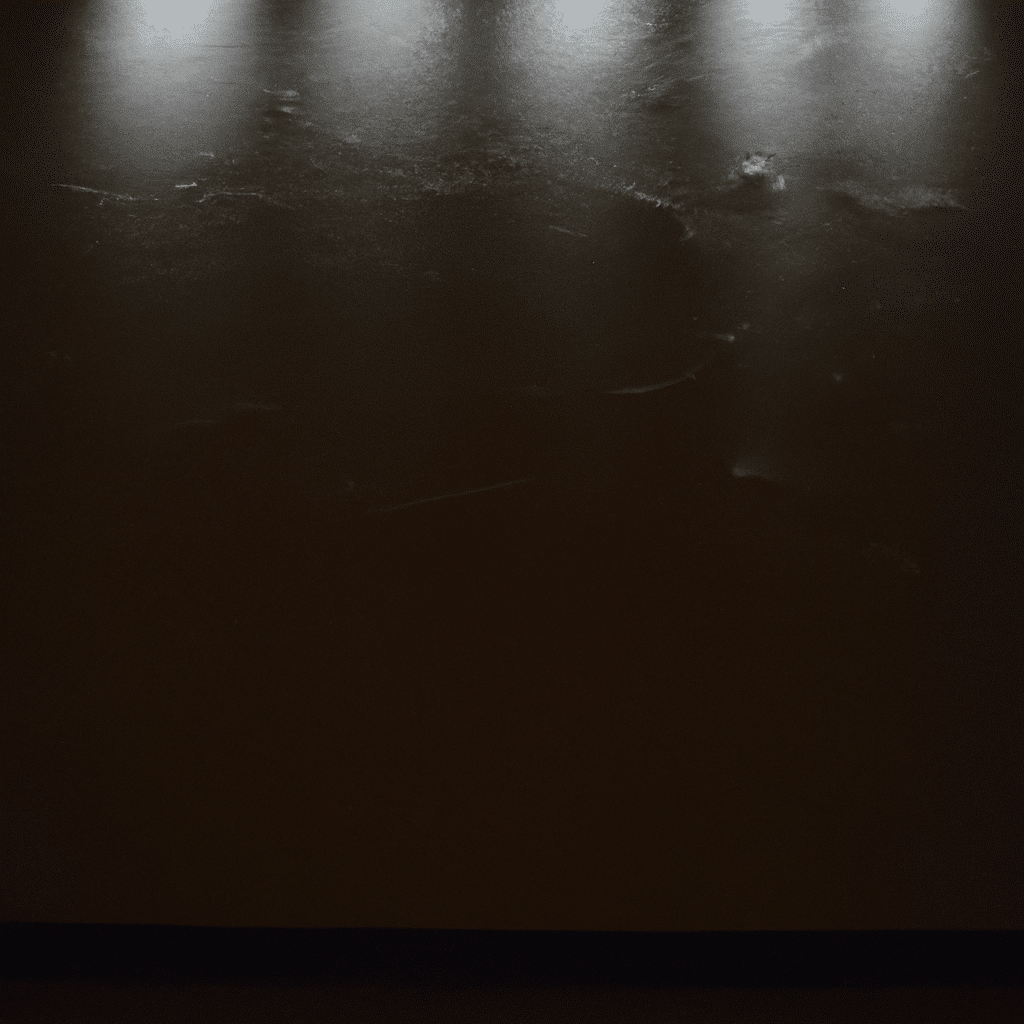Welcome to our comprehensive guide on the hidden connection between light bulbs and migraines. In this article, we will delve into the fascinating relationship between lighting choices and their impact on migraine sufferers. We understand the debilitating effects migraines can have on individuals, and we aim to provide valuable insights and recommendations to help alleviate this condition through the selection of the right light bulbs.
Understanding Migraines
Before we explore the connection between light bulbs and migraines, let’s briefly understand what migraines are. Migraines are severe headaches often accompanied by other symptoms such as nausea, sensitivity to light and sound, and visual disturbances. These headaches can last for hours or even days, significantly impacting the quality of life for those who experience them.
The Role of Light in Triggering Migraines
Light, particularly certain types and intensities, can act as a trigger for migraines. Many migraine sufferers report that exposure to bright or flickering lights exacerbates their symptoms or even triggers an attack. This phenomenon is known as photophobia, which refers to an abnormal sensitivity to light.
The Impact of Different Light Bulb Types
Now that we understand the connection between light and migraines, let’s explore different types of light bulbs and their potential impact on individuals with migraines.
Incandescent Bulbs
Incandescent bulbs were once the most common type of light bulb used in households. However, they emit a warm, yellowish light that can be harsh for some migraine sufferers. The inconsistent flickering of incandescent bulbs can also trigger migraines in susceptible individuals.
Compact Fluorescent Lamps (CFLs)
CFLs gained popularity as an energy-efficient alternative to incandescent bulbs. While they consume less energy, their high-intensity blue light can be problematic for migraine sufferers. Additionally, some CFLs may emit a subtle flicker that can trigger migraines in sensitive individuals.
Light-Emitting Diodes (LEDs)
LEDs have emerged as the go-to choice for lighting in recent years. They offer energy efficiency, longevity, and a wide range of color temperatures. However, it is crucial to select the right LED bulbs to minimize the risk of triggering migraines. Opting for LED bulbs with a warmer color temperature and a high color rendering index (CRI) can be beneficial for migraine sufferers.
Tips for Choosing Migraine-Friendly Light Bulbs
Now that we understand the impact of different light bulb types, let’s explore some practical tips for choosing migraine-friendly light bulbs.
- Color Temperature: Opt for light bulbs with a color temperature between 2700K and 3000K, which provides a warm, relaxing glow. Avoid bulbs with high color temperatures above 4000K, as they emit cooler, bluer light that can trigger migraines.
- Flicker-Free: Look for light bulbs specifically labeled as “flicker-free” or “non-flickering.” These bulbs provide a stable and consistent light source, minimizing the risk of triggering migraines.
- Dimmable Options: Consider using dimmable light bulbs to adjust the lighting intensity according to your preference. This flexibility can be particularly helpful during migraine episodes when bright lights may worsen symptoms.
- High Color Rendering Index (CRI): Choose bulbs with a high CRI, ideally above 90, as they accurately render colors and create more natural lighting environments. This can reduce eye strain and potential triggers for migraines.
- Avoid Blue Light: Blue light can be particularly problematic for migraine sufferers. Opt for light bulbs with a lower blue light emission or bulbs specifically designed to filter out blue light wavelengths.
- Natural Light: Whenever possible, embrace natural light sources, such as windows or skylights, as they provide a more balanced and migraine-friendly light environment.
Conclusion
Choosing the right light bulbs can make a significant difference in managing migraines. By opting for bulbs with warm color temperatures, minimal flickering, and low blue light emissions, individuals can create a more soothing and migraine-friendly environment. Remember to consider factors such as color rendering index, dimmability, and natural light sources to further enhance your lighting choices. By making informed decisions regarding lighting, we can help reduce the frequency and severity of migraines, ultimately improving the overall well-being of migraine sufferers.



